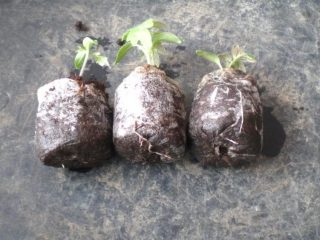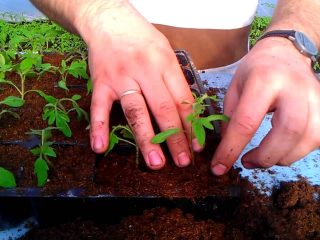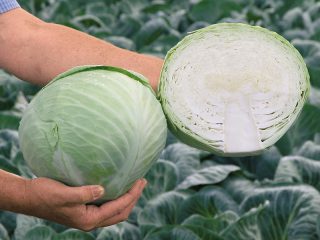Content
White cabbage is undemanding to climatic conditions: it tolerates cold well and can grow in hot, dry weather. The vegetable responds well to fertilizers and agricultural practices. However, this is only true if the variety is chosen correctly.
Which seeds to prefer
Several factors influence the choice of variety. The most important of them is the intended purpose. You need to understand whether you plan to use the vegetable fresh or for preservation, whether it will be sold directly from the field or will require storage, etc. All this is taken into account when purchasing cabbage seeds.
Breeders have developed many varieties and hybrids of white cabbage based on the needs of farmers. If you apply them thoughtlessly, without taking into account the existing features, the variety will not be able to realize its potential, and the farmer will be disappointed with the harvest.
There are several varieties of cabbage for open ground:
- early;
- mid-season;
- late ripening.
The quality of cabbage, its keeping quality, size and other characteristics depend on the timing of ripening. Based on the growing season, breeders develop hybrids to enhance desirable properties and weaken unnecessary ones.
The quality of the seed material is also important. Selected seeds have high varietal purity and also correspond to the declared characteristics. All necessary documentation must also be present.Therefore, it is better to purchase seeds only from trusted companies that are responsible for their material, such as Syngenta.
Early varieties
This includes ultra-early ripening varieties of cabbage. They are bred for immediate consumption and can be harvested in late May - June. Ripening time is 50–95 days. Such vegetables grow and develop quickly, but form a small head (up to 3 kg).
Ultra-early seeds can be planted immediately after the snow melts, which will give the plants an additional advantage over pathogens and pests. The downside is that such heads of cabbage cannot be stored. They quickly lose their properties and will last no more than a month, only if optimal conditions are created.
A wonderful ultra-early ripening hybrid (50–55 days) - “Kevin F1”. The head of cabbage is small (up to 2 kg), cabbage has high taste.
Early varieties of cabbage ripen a little later - in 95–120 days. They can be served immediately, and you can also cook first and hot dishes with them, since the leaves are soft and juicy.
Mid-season varieties
Thanks to longer ripening (from 120 to 140 days), the cabbage turns out strong, juicy and crispy. It is ideal for fermentation and preservation. Medium-sized heads of cabbage (up to 8–10 kg) can be stored awaiting sale.
The mid-season hybrid “Aggressor” has excellent characteristics and is one of the most popular. Heads of cabbage do not crack in the field and are optimal for pickling.
Late ripening varieties
This type of cabbage ripens longer than others: the maximum growing season is 160 days. It is not afraid of frost, so you can remove the vegetable after the rest.
Cabbage forms strong, large heads of cabbage that have a high shelf life and can last longer in storage than other varieties.
If you want to grow giant cabbage heads, you should choose late-season cabbage varieties that take the longest to mature. They grow up to 15–20 kg.









